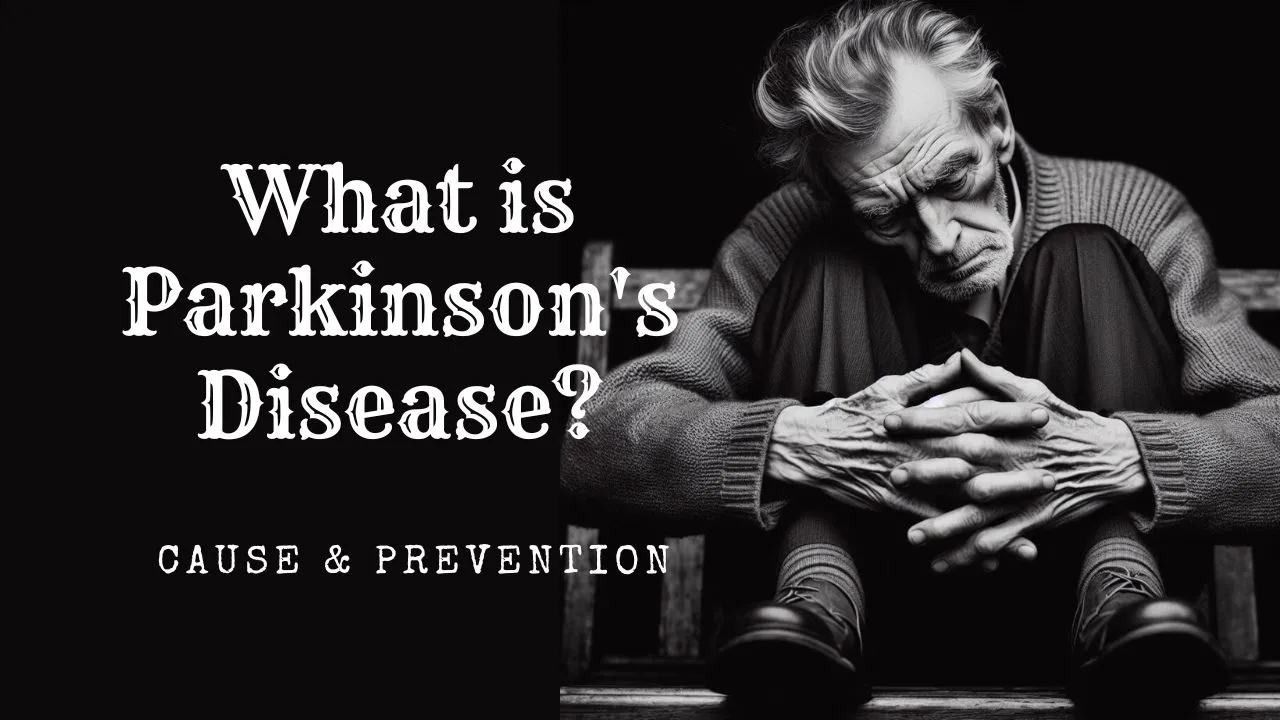Parkinson’s disease (PD) stands as one of the most prevalent neurodegenerative disorders globally, impacting millions of lives with its debilitating symptoms. This article delves into the intricate facets of PD, exploring its causes, preventive measures, and historical context to provide a comprehensive understanding of this complex condition.
Parkinson’s disease is a progressive neurological disorder that primarily affects movement. Named after Dr. James Parkinson, who first described the condition in 1817, PD is characterized by a gradual loss of dopamine-producing nerve cells in the brain. Dopamine plays a crucial role in regulating movement, and its deficiency leads to the manifestation of PD symptoms.
Table of Contents
Symptoms of Parkinson’s Disease
Symptoms of Parkinson’s disease can manifest in various ways, affecting both motor and non-motor functions. Here’s a breakdown of the key symptoms:
1. Motor Symptoms:
- Tremors: Involuntary shaking, often starting in the hands, fingers, or limbs at rest.
- Bradykinesia: Slowness of movement, leading to difficulties with initiating and executing voluntary motions.
- Rigidity: Stiffness and inflexibility of muscles, making it challenging to move or perform daily activities.
- Postural Instability: Impaired balance and coordination, increasing the risk of falls and difficulty in maintaining an upright posture.
- Freezing: Brief episodes of inability to move, typically occurring when transitioning between movements.
2. Non-Motor Symptoms:
- Cognitive Changes: Difficulty with memory, concentration, and executive function, potentially leading to dementia in advanced stages.
- Sleep Disturbances: Insomnia, excessive daytime sleepiness, restless leg syndrome, and vivid dreams or nightmares.
- Mood Disorders: Depression, anxiety, apathy, and irritability, which can significantly impact quality of life.
- Autonomic Dysfunction: Symptoms such as constipation, urinary urgency, sweating abnormalities, and orthostatic hypotension.
- Sensory Symptoms: Reduced sense of smell (hyposmia), visual disturbances, and pain or discomfort in various parts of the body.
- Speech and Swallowing Difficulties: Soft, slurred speech, monotone voice, and challenges with chewing and swallowing.
It’s important to note that the progression and severity of Parkinson’s symptoms can vary widely among individuals, and not all individuals will experience the same combination or intensity of symptoms. Early detection and intervention, along with ongoing management by healthcare professionals, can help alleviate symptoms and improve the quality of life for those living with Parkinson’s disease.
Causes of Parkinson’s Disease
While the exact cause of Parkinson’s disease remains elusive, researchers have identified several factors that contribute to its development:
- Genetic Predisposition: Individuals with a family history of PD have a higher risk of developing the condition, indicating a genetic component to its etiology.
- Environmental Factors: Exposure to certain environmental toxins, such as pesticides and heavy metals, has been linked to an increased risk of PD. Industrial chemicals and pollutants may also play a role in triggering the onset of the disease.
- Age: Advancing age is a significant risk factor for Parkinson’s disease, with the majority of cases diagnosed in individuals over the age of 60. However, early-onset PD can also occur in younger individuals.
- Neuroinflammation: Chronic inflammation in the brain, resulting from infections or autoimmune reactions, has been implicated in the progression of PD. Inflammatory processes may contribute to the degeneration of dopamine-producing neurons.
Understanding Prevention Strategies
While there is currently no known cure for Parkinson’s disease, several preventive measures and lifestyle interventions may help reduce the risk of developing the condition or slow its progression:
- Regular Exercise: Engaging in regular physical activity, including aerobic exercise, strength training, and balance exercises, can help improve mobility and motor function in individuals with PD. Exercise has also been shown to have neuroprotective effects, potentially slowing the progression of the disease.
- Healthy Diet: Following a balanced diet rich in fruits, vegetables, whole grains, and lean proteins may help support overall brain health and reduce the risk of neurodegenerative disorders like PD. Antioxidant-rich foods, such as berries and leafy greens, may offer protective benefits against oxidative stress.
- Avoidance of Environmental Toxins: Minimizing exposure to environmental toxins and pollutants, such as pesticides and industrial chemicals, may help lower the risk of developing Parkinson’s disease. This includes adopting organic farming practices and using natural alternatives for household cleaning and pest control.
- Brain Stimulation Techniques: Emerging research suggests that non-invasive brain stimulation techniques, such as transcranial magnetic stimulation (TMS) and transcranial direct current stimulation (tDCS), may have potential therapeutic benefits for individuals with PD. These techniques modulate brain activity and may help alleviate motor symptoms.
- Regular Medical Check-ups: Routine health screenings and check-ups can aid in the early detection of Parkinson’s disease and other neurological conditions. Early intervention and treatment may help manage symptoms more effectively and improve overall quality of life.
Historical Insights into Parkinson’s Disease
Parkinson’s disease has a rich historical background, dating back to ancient civilizations. While Dr. James Parkinson’s seminal work in the early 19th century laid the foundation for our understanding of the condition, historical records suggest that PD-like symptoms may have been observed as far back as ancient Egypt and India.
Throughout history, various treatments and remedies have been proposed for Parkinson’s disease, ranging from herbal remedies to surgical interventions. However, it wasn’t until the 20th century that significant advancements were made in the diagnosis and treatment of PD, including the discovery of levodopa, a medication that remains a cornerstone of Parkinson’s therapy today.
Conclusion
In conclusion, Parkinson’s disease represents a complex and multifaceted neurological disorder with far-reaching implications for affected individuals and their families. While the exact causes of PD remain unclear, ongoing research continues to shed light on its underlying mechanisms and potential preventive strategies.
By adopting a proactive approach to brain health, incorporating regular exercise, a healthy diet, and minimizing exposure to environmental toxins, individuals can take steps to reduce their risk of developing Parkinson’s disease and promote overall well-being. Furthermore, understanding the historical context of PD provides valuable insights into the evolution of medical knowledge and treatment approaches for this challenging condition.

